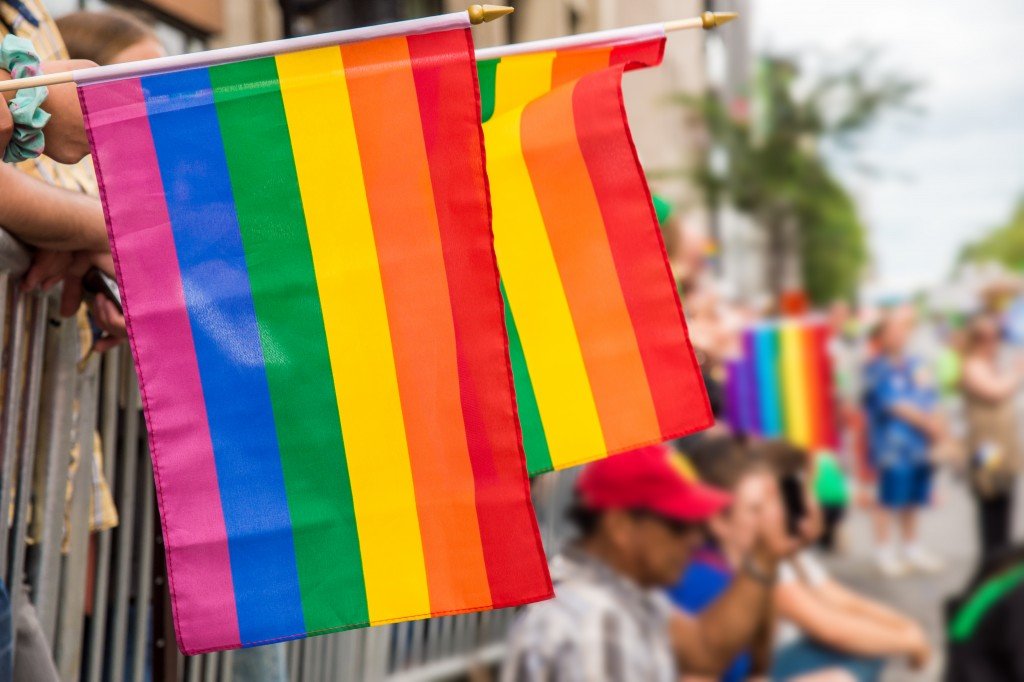June has arrived, and it means it’s the beginning of Pride Month. You’ll likely find a variety of brands changing their branding and products into rainbow colors. Some companies will put up photos of two men or women, seemingly in love, as a sign of support for the LGBTQ community.
However, just because you started selling rainbow-colored products in June doesn’t mean your LGBTQ audience will buy it. They might even accuse of capitalizing on an occasion that’s meant to shed light on their group’s issues.
As a brand or an advertising or digital marketing company, it might be tempting to capture this audience. But should you push for representation in your marketing campaign?
Representation Sells
In recent years, there is a strong call to push for inclusion in all forms of media. There is huge praise for studios that release films that feature minority groups like African Americans, the LGBTQ community, and women. It was a big deal when “Love, Simon,” the first gay teen romance in a major film, was released in Hollywood.
With the world increasingly becoming more aware of diversity, the image of inclusion certainly sells. Minority groups receive validation when they see someone like them on media. A survey by media advocacy group GLAAD and Procter & Gamble showed that even non-LGBTQ consumers support a brand that promotes representation.
LGBTQ Support or Capitalization?
However, not all Pride Month or LGBTQ representation marketing campaigns work. People can instantly recognize whether you’re supportive of the group or capitalizing on their issues for monetary gain.
Brands like Listerine, Marks & Spencer, and Budweiser came under fire for these reasons. According to the LGBTQ community, their ads were equivalent to slapping rainbow colors on their products and nothing more.
Other brands earned praise for their Pride Marketing campaigns. Nike launched its EQUALITY and BE TRUE campaigns, selling rainbow sneakers, T-shirts, and socks. Mercedes Benz released a short documentary film in which members of the LGBTQ community shared their experiences about dealing with homophobia.
The Need for Authenticity and Consistency

What makes some campaigns sell and others fail? Like every other member of a target audience, the LGBTQ community wants an authentic campaign.
They don’t want a generic buyer’s persona on your ads, and they won’t buy your product just because you added a rainbow on it on Pride Month. They want to see their experiences in your ads and relate to them on a personal level. The best way to make your campaign effective is by talking to the LGBTQ members of your target audience and listening to their pain points.
Your brand may come off as authentic if you don’t support the community beyond your campaigns. For example, Nike donates to LGBTQ causes all year long. Other companies walk the talk by implementing non-discrimination policies in the workplace.
Like all other marketing campaigns, your campaign for the LGBTQ community should be consistent. Don’t limit yourself to showing your support every June. Find a way to show inclusivity in your future campaigns, no matter what month you launch them.
With more people embracing LGBTQ representation, it’s natural to want to catch the attention of the people in that community. However, showing support for the LGBTQ involves more than just a change of color every Pride Month. Be authentic and consistent in your support and they’ll support your brand as a result.

